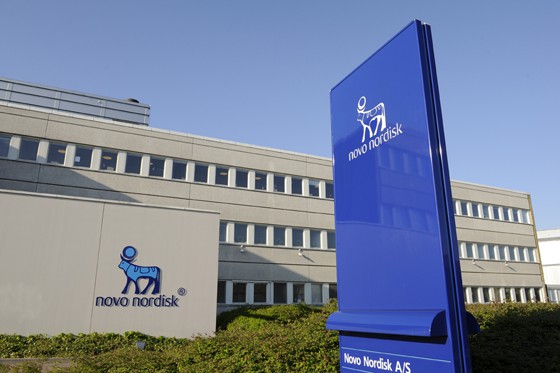
Novo Nordisk has received European approval for two new diabetes products – Tresiba and Ryzodeg – that are central to its growth plans for the next few years.
Tresiba (insulin degludec) and Ryzodeg (insulin degludec and insulin aspart) form the basis of Novo’s plans to mount an assault on the long-acting basal insulin market, which is currently dominated by Sanofi’s €4bn-a-year blockbuster Lantus (insulin glargine) with an estimated 80 per cent market share.
Novo claims that insulin degludec has a very long and predictable pharmacological action profile – meaning it can be delivered at any time of day – as well as a reduced tendency to cause low blood sugar (hypoglycaemia) than insulin glargine, a profile that analysts have suggested could help it amass $1.5bn in sales by 2016, rising to $4bn at peak.
In studies, Tresiba was as effective as Lantus in achieving blood glucose control – as measured by reduction in haemoglobin A1c levels – and also demonstrated a significantly lower risk of overall and nocturnal hypoglycaemia.
The company said it plans to launch Tresiba in the UK and Denmark during the first half of this year and other EU markets throughout the remainder of 2013 and 2014, with Ryzodeg to be launched approximately one year later.
Tresiba and Ryzodeg have already been approved in Japan and Mexico, and won the support of an FDA advisory committee last November with the proviso that Novo carries out a post-approval outcomes study to examine the drugs’ cardiovascular safety.
“These marketing authorisations constitute significant milestones for Novo Nordisk and the treatment of diabetes,” said Mads Krogsgaard Thomsen, Novo’s chief science officer, in a statement.
In Europe, Tresiba and Ryzodeg will be available in FlexTouch, Novo Nordisk’s latest prefilled insulin pen, which has an easy auto-injector mechanism. Tresiba will be offered in two concentrations enabling maximum doses of 80 and 160 units per injection, respectively.
The 160 unit dose is higher than can be delivered using current products and will be a step forward for diabetes patients who need high-dose insulin to control their blood sugar, according to the company.




